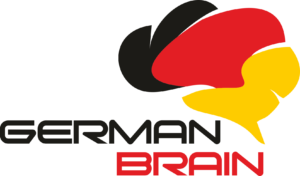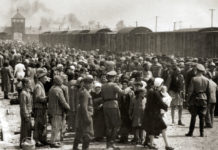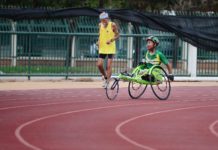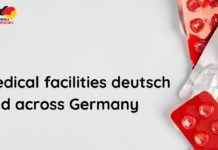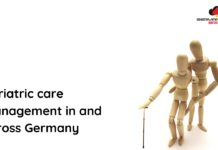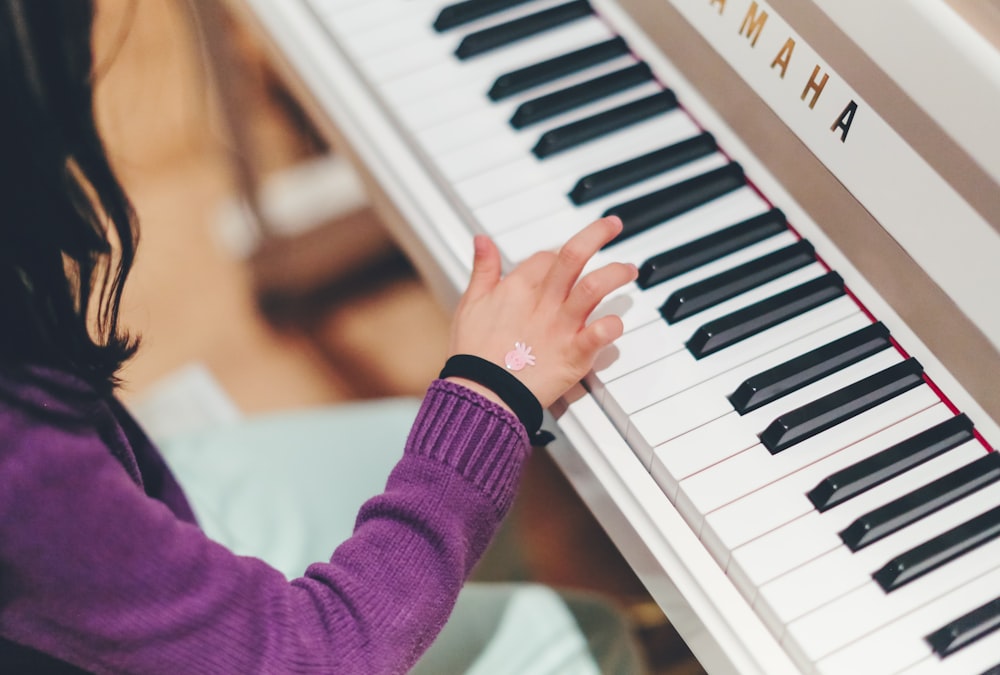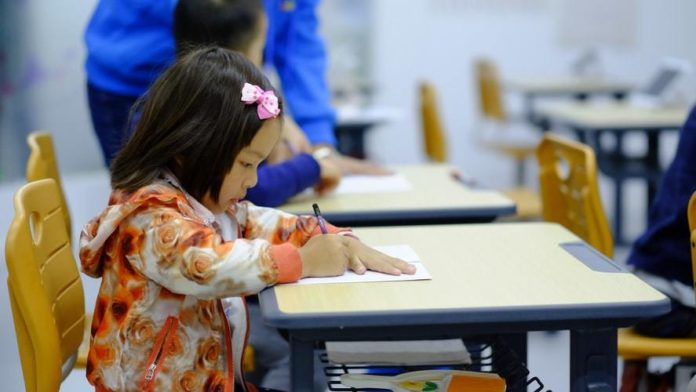
According to German Basic Law, in 1949 every German citizen is entitled to self-fulfillment.Germany offers free education. Most types of schools are coeducational. It is run with the support of 95% of higher education institutions. Also, churches and private organizations support kindergartens and work separately, with no public sector involvement
German schools usually begin around mid-August through September and end around “July-1”. However, dates vary by state.In general, most state schools are open Monday to Friday from 8 am to 1 pm to 2 pm. It also depends on the school
Elementary/Primary Schools in Germany
Elementary schools (Grundschule) usually start according to the month of birth of the child, but most often begin elementary school between the ages of five and a half and six and a half.
The excitement that the school invented on the first day of the student gives the children a bag of sweets.After graduating from elementary school for 4 years. In the fourth year, students will be allowed to enroll next year depending on how they continue their education.
German secondary school
The post-primary secondary education system is divided into Hauptschule, Regionschule or Realschule, Gymnadium, Gethamschule, and Mittelschule. The secondary school system is divided into:
- Hauptschule –Academic students;
- Realschule –Intermediary students;
- Gymnasium –Academic students;
- Gesamtschule – Comprehensive school.
- Mittelschule – Middle school
The children go to five different secondary schools in Germany. After completing primary education (10 and 12 years old),The five schools vary by state in Germany.
Hauptschule
The student gets a grade of less than 5-9 or less than 5-10, prepares the student for vocational education and ends at Hauptschulabschluss. Hauptschule is designed for those with a low grade of 5-9 or 5-10.Applicants will receive a certain type of industrial employment apprenticeship. Hauptschule is very suitable for students.
Realschule :
This is the most popular secondary school in Germany. About 40% of German students go to this kind of school.Offer a broader education and earn a professional or university entrance qualification. It is usually targeted at the “Realschulabschluss” education period from grades 5 to 10.
Mittelschule.
Only some German states have this type of middle school (grades 6-10) that are schools amalgamating the Hauptschule and Realschule curricula.According to the region, there are different names in each, for example, Mittelschule, Regelschule, and Regionalschule) where students can take either qualification
Gymnasium:
The gymnasium leads to a diploma, called Abitur, which prepares students for college study and professional qualifications.This is the most demanding type of schooling, with 32 to 40 hours of lessons per week and lots of homework.
The curriculum varies from school to school, but generally includes German, mathematics, physics, computer science, biology, chemistry, geography, biology, citizens, art, history, music, philosophy, social studies, And includes some foreign languages as well.
Gesamtschule :
In under Gesamtschule provide a comprehensive school that is similar to an American high school in which combine three school type. Hauptschule and Realschule.Students who have successfully completed Gesamtschule by grade 9 will receive a Hauptschule certificate, and students who have completed school education by grade 10 will receive a Realschule certificate.
Sportschule:
Sportschule is specially designed by students who play sports exclusively in physical education and athletics, and in some places, there are sports schools.If a student wants to study an academic course and want to focus on a specific sport or a range of sports, including soccer, swimming, skiing, and other sports, Sportschule has an academic course.
Sportschule has academic courses but more emphasis on specific sports or a range of sports, such as swimming, soccer, skiing and other sports.
Local and international schools in Germany:
The choice of a school for a child depends on several factors: age, length of the term of a foreigner, affordable prices, school location, and some others,
Most German students go to free local schools. However, foreign families may choose an international school to facilitate their child’s transition by continuing their education in a familiar language and curriculum.

